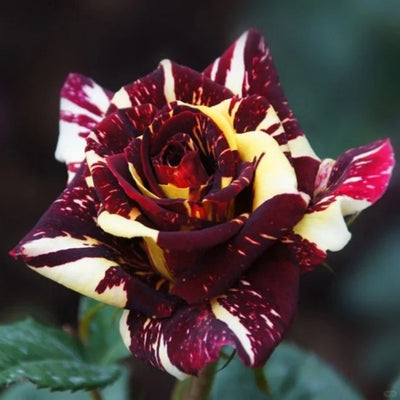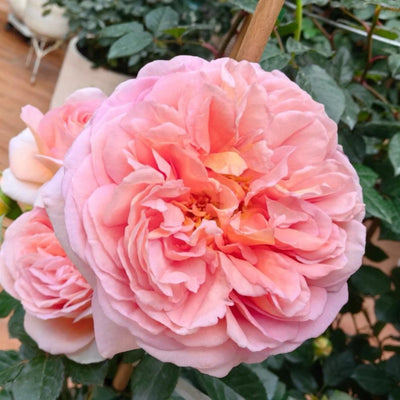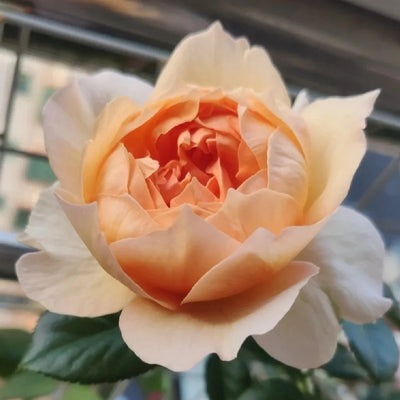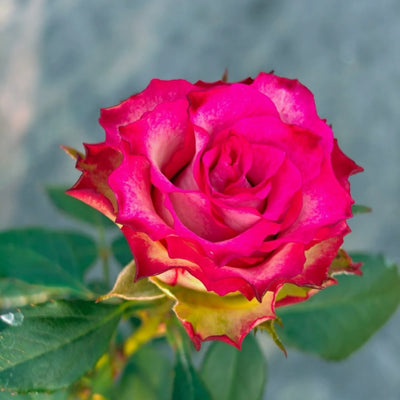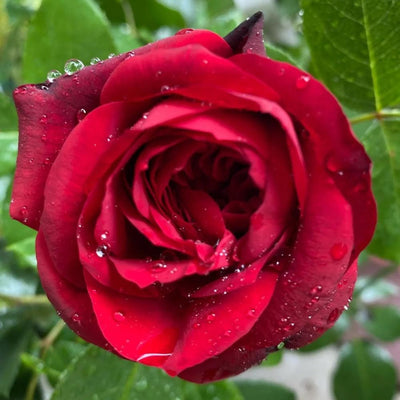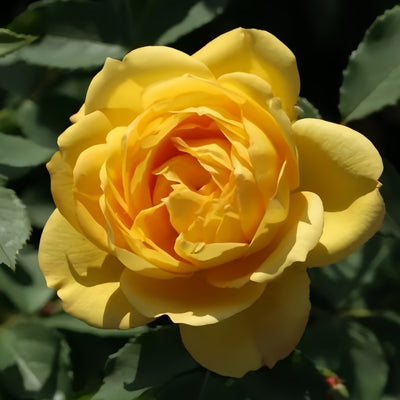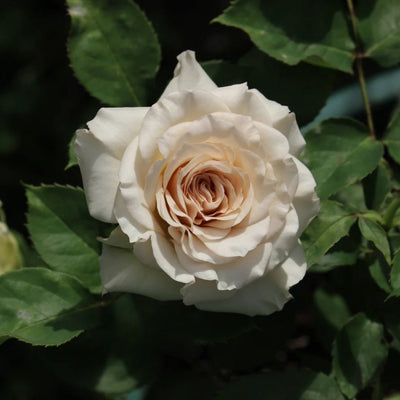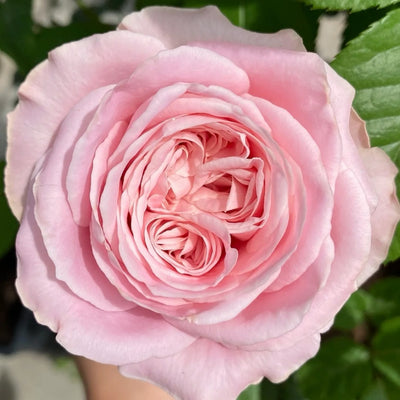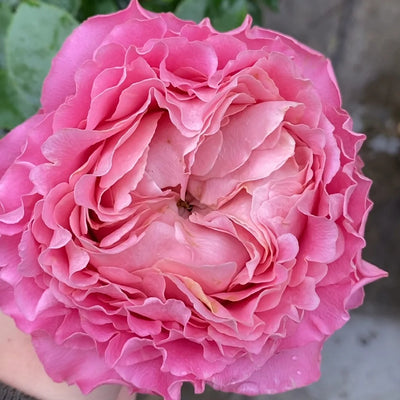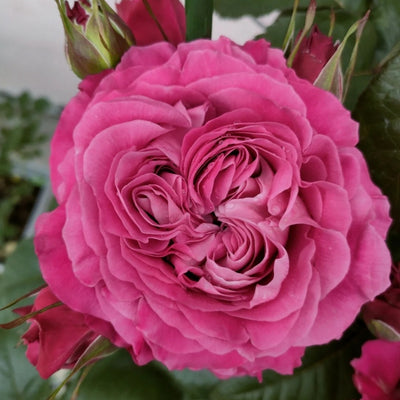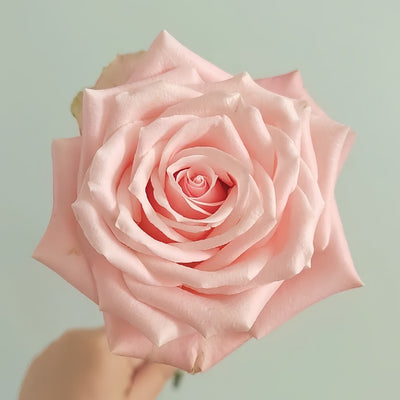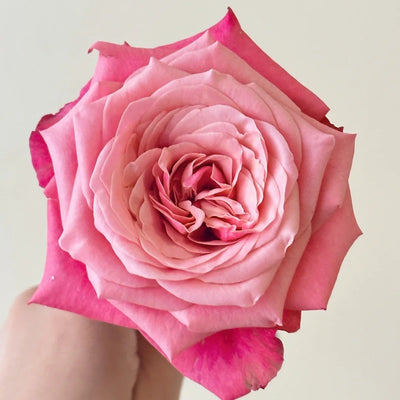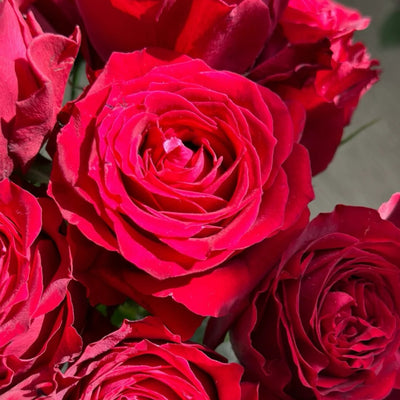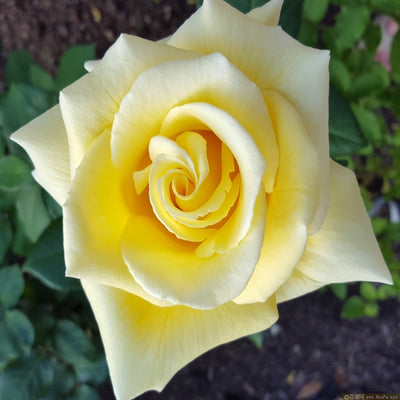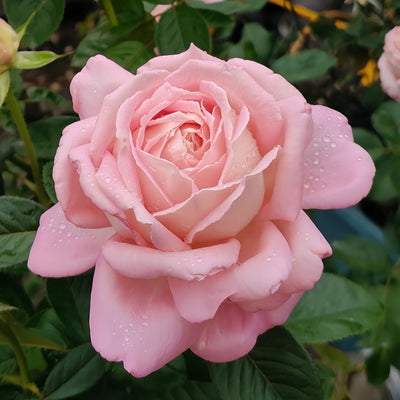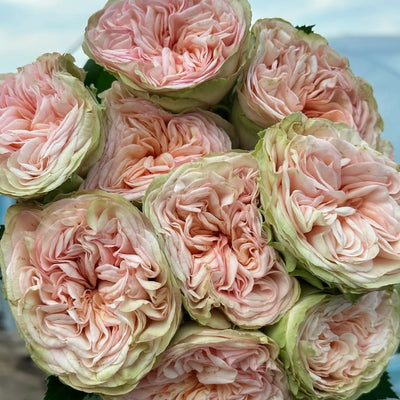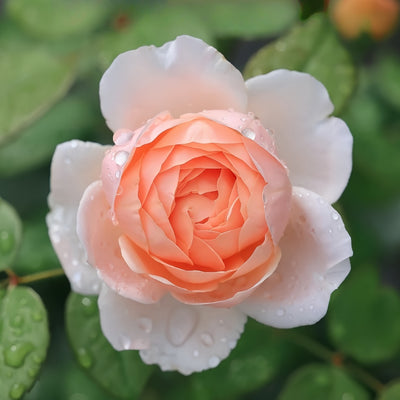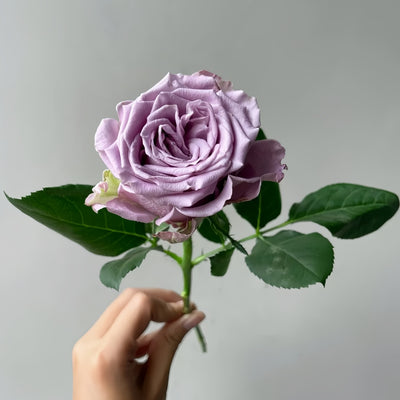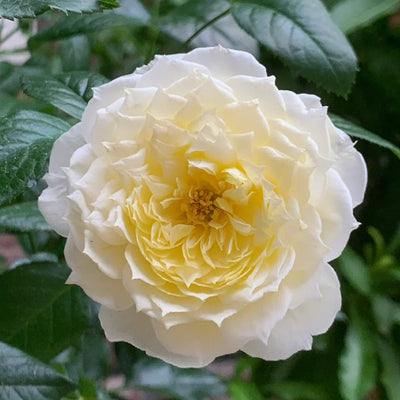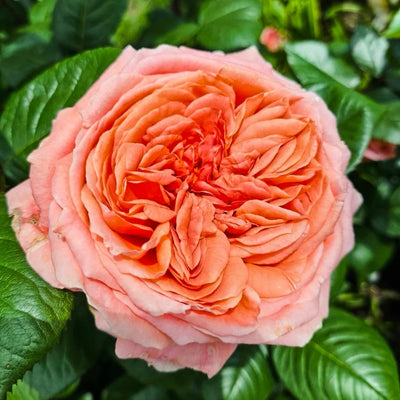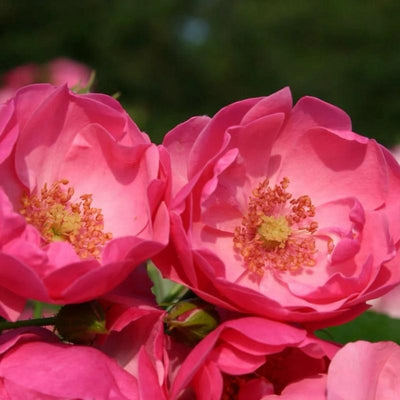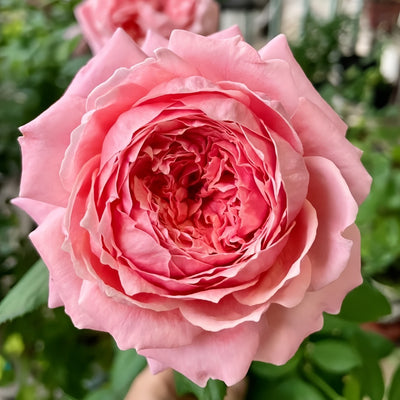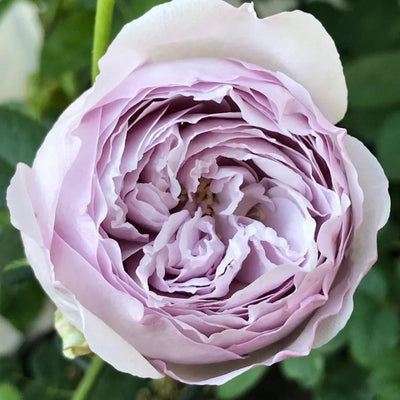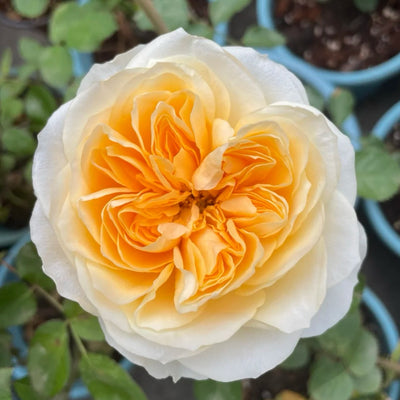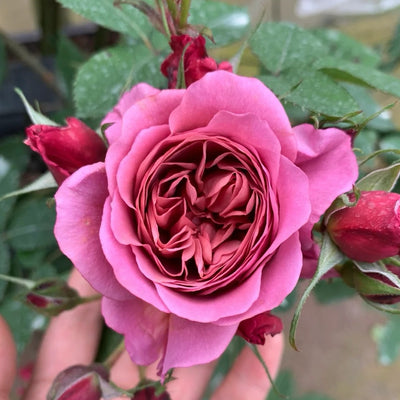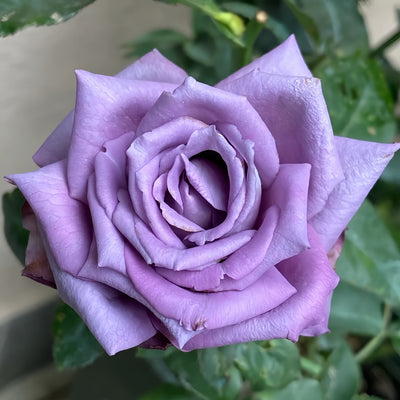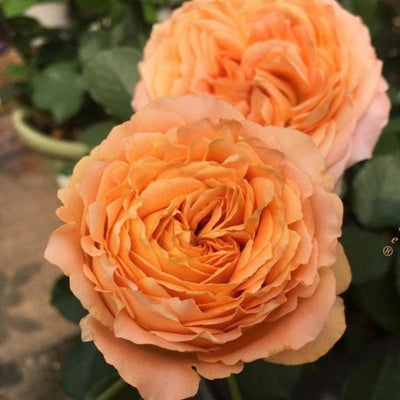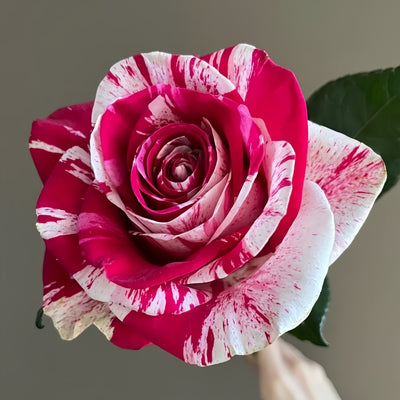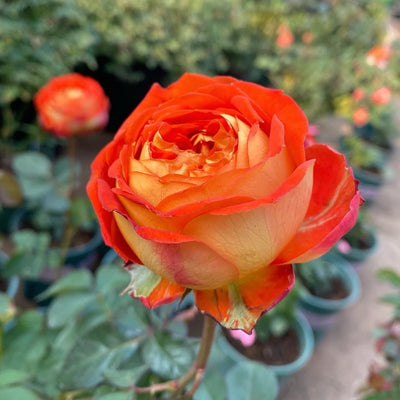🔥 Recommended Product
Beatrice Rose (David Austin) – A Sun-Kissed Apricot Beauty With a Bright, Citrusy Perfume
Few modern shrub roses balance romance and reliability as gracefully as Beatrice Rose. Introduced in 2015 by David Austin, Beatrice opens as a warm apricot bud and softens toward buttery yellow as the petals unfurl. The rounded, layered cups (about 8–10 cm across) look like handmade silk peonies—lush, ordered, and elegant. What truly sets Beatrice apart is her strong lemon-rose fragrance: breezy citrus top notes over classic old-rose depth, the kind of scent that makes you linger in the garden at dusk.

What Makes Beatrice Special
-
Signature color shift: Apricot tones deepen in mild weather and gently fade toward pale yellow in summer heat, creating a multi-tone bouquet on a single plant.
-
Balanced plant habit: A well-clothed shrub to ~1–1.2 m with neat branching that supports heavy, full blooms without constant staking.
-
Wedding-worthy form: Tight, rounded cups with densely packed petals photograph beautifully for bouquets, arches, and table designs.
-
Fragrance you can actually smell: A bright, zesty lemon opening that settles into a sweet rose heart—noticeable both on the bush and in a vase.
-
Heat acceptance: Beatrice maintains shape and petal substance in warm climates (high heat may lighten color). In prolonged rain, shelter helps reduce spotting.
Blooming & Vase Life
Beatrice is a repeat bloomer from late spring through autumn flushes. Cut in the early-open stage, stems hold 7–10+ days in a cool room with fresh water and regular trims. For arrangements, strip lower foliage, recut stems at a slant, and use a clean vase with preservative.

Planting & Position
-
Light: Full sun (6–8 h). In very hot regions, offer light afternoon shade to preserve color.
-
Soil: Fertile, well-drained loam; pH neutral to slightly alkaline. Amend heavy clay with grit and compost.
-
Spacing: 80–100 cm center-to-center to maintain airflow and simplify deadheading.
-
Water: Deep, infrequent soakings; keep foliage dry in the evening. Mulch to stabilize moisture and reduce splash-borne disease.
Feeding & Year-Round Care
-
Spring: After last frost, prune to shape—remove dead/weak wood and reduce by 1/3 to outward-facing buds. Feed a balanced rose fertilizer.
-
In-season: Light monthly feeds (or a slow-release program) sustain repeat bloom. Deadhead to the first strong, outward leaf to encourage new buds.
-
Late summer to fall: Ease off high-nitrogen feeds; switch to a bloom or K-forward formula to firm wood.
-
Winter: In cold zones, mulch the crown after hard frosts. In warm zones, a light shaping prune keeps the shrub compact.
Disease & Weather Notes
Beatrice shows good overall garden performance; however, prolonged rain may blemish petals and encourage fungal spots. Practical steps:
-
Morning irrigation at soil level (drip or soaker).
-
Maintain airflow with correct spacing and seasonal thinning.
-
Preventive fungicide or organic alternatives where pressure is high.
-
Move vase arrangements away from fruit bowls (ethylene shortens vase life).
Landscape Uses
-
Front-yard focal: Solo specimen with lavender or catmint edging.
-
Romantic borders: Pair with white foxgloves, airy grasses, and soft salvia blues.
-
Cut-flower garden: Plant in rows for easy harvest; supports steady home bouquets.
-
Containers: A 50–60 L pot with gritty, draining mix; feed and water consistently.
Quick FAQ
Is Beatrice good for beginners?
Yes—give her sun, drainage, and steady feeding; she rewards with frequent flushes and a standout scent.
Will the color match catalog photos?
Yes, with natural variation: cooler temps intensify apricot; strong heat lightens toward cream/yellow.
How tall does she get?
About 1–1.2 m with a balanced, bushy habit.




















